Products Description
Teens’ Perceptions of Driver’s Licenses
Driver’s licenses hold special significance for American teenagers and are often viewed as a rite of passage from adolescence to adulthood. This perception encompasses a range of emotional, social, and practical implications that reflect broader themes of independence, responsibility, and identity. Understanding the multifaceted perceptions of driver’s licenses among teenagers reveals its cultural importance and the varying attitudes young people have toward this milestone.
1. Symbol of Independence
For many teenagers, obtaining a driver’s license is a sign of gaining independence. The ability to drive opens up a world of possibilities that were previously restricted by parental control or limited transportation options.
Freedom of Movement: Driver’s licenses allow teenagers to travel independently of others and to spontaneously travel to friends’ homes, shopping malls, or recreational activities. This newfound freedom is often celebrated as it signals a shift in their social dynamics and personal autonomy.
Transition to Adulthood: The act of driving itself is often viewed as an important step toward adulthood. It represents a break from the constraints of childhood and a first taste of adult responsibilities, including the obligation to obey traffic laws and maintain a vehicle.
2. Social Status and Identity
During adolescence, social status is often paramount, and having a driver’s license can greatly enhance one’s standing among peers.
Peer Recognition: Having a driver's license promotes recognition in social circles. Teens who can drive tend to socialize more easily with their peers because they can attend social gatherings, drive friends around, or participate in extracurricular activities.
Status Symbol: The ability to drive is sometimes seen as a status symbol. Teens may associate having a driver's license with being "cool" or mature, leading to a desire to show off their driving skills and the car they drive.
3. Responsibility and Maturity
While a driver's license symbolizes freedom, it also comes with responsibilities that teens must learn to deal with.
Legal and Financial Responsibility: Getting a driver's license requires understanding the legal implications of driving. Teens learn about insurance, registration, and the consequences of traffic violations, developing a sense of responsibility that is essential to their growth.
Parental Expectations: Many parents view getting a driver's license as an important milestone in their child's maturity. This expectation can bring about feelings of pressure because teens must balance their desire for independence with the need to meet their parents' standards of responsibility.
4. Safety and Risk Perception
For teen drivers, safety issues are paramount. The image of a driver's license is intertwined with discussions of responsible driving and the risks associated with young drivers.
Statistical Issues: Teens are statistically more likely to be involved in an accident than older, more experienced drivers. This reality shapes parents’ attitudes and influences teens’ perceptions of their own driving abilities.
Education and Training: The process of obtaining a driver’s license often includes formal education on safe driving practices, which can influence how teens view their role as drivers. Programs that raise awareness about the dangers of distracted driving, substance abuse, and reckless behavior are critical to creating a more responsible generation of drivers.
5. Cultural Influences
Media and culture play a significant role in shaping the image of teen driver’s licenses.
Representation in the Media: Movies, television shows, and social media often glamorize driving, portraying it as an exciting experience that embodies freedom and adventure. These depictions can create unrealistic expectations about driving, leading people to believe that driving is always fun and worry-free.
Peer Influences and Trends: Social media platforms reinforce the desire to showcase milestones such as obtaining a driver’s license. Teens often share their experiences and celebrations online, highlighting the importance of this achievement within their social networks.
6. Challenges and Frustrations
Despite the many positive aspects of obtaining a driver’s license, the process of obtaining one can also be fraught with challenges and frustrations.
The Exam Process: The requirements to obtain a driver’s license can be a source of stress. Many teens feel anxious about passing the written and driving tests, which can affect their confidence and feelings about driving.
Financial barriers: The costs associated with obtaining a driver’s license (e.g., driving lessons, test fees, and insurance premiums) can be prohibitive for some families. This financial factor can lead to frustration or low self-esteem among teens who are unable to drive due to financial constraints.
7. The impact of technology
As technology develops, teens’ views on driving and driver’s licenses are changing.
Ride-sharing and alternatives: The rise of ride-sharing services such as Uber and Lyft offers alternative transportation options, which can reduce the perception of the need for a driver’s license. Some teens may prioritize these services over obtaining their own driver’s license, leading to a shift in their views on travel.
Distracted driving issues: The proliferation of smartphones has created new challenges related to distracted driving. Teens are becoming more aware of the risks of texting or using apps while driving, which shapes their attitudes toward responsible driving behaviors.
8. Diverse perspectives among teens
It is important to recognize that not all teens view driver’s licenses in the same way. Cultural, socioeconomic, and personal factors can influence individual perspectives.
Urban vs. Rural Experience: Teens living in cities may have different attitudes toward driving compared to rural teens. In cities, public transportation is often more accessible, which may reduce the urgency of obtaining a driver's license.
Cultural Context: Cultural norms and values can influence teens' views on driving. In some cultures, people may place more emphasis on group transportation or be reluctant to view driving as a symbol of independence.
9. The Future of Driver's Licenses
Looking ahead, teens' impressions of driver's licenses are likely to continue to evolve, influenced by social changes and technological advances.
Autonomous Vehicles: The development of autonomous driving technology may change the basic need for an individual driver's license. If autonomous vehicles become widespread, the concept of driving and driver's licenses may change dramatically.
Environmental Considerations: Growing awareness of environmental issues may cause some teens to reconsider the importance of driving. As concerns about climate change grow, people may turn to sustainable transportation alternatives.
Conclusion
Teens' impressions of driver's licenses such as the Florida fake ID, California fake ID, Alabama fake ID, and Colorado fake ID are rich and multifaceted, covering themes such as independence, responsibility, social status, and cultural identity. While it is widely viewed as a rite of passage, it is also intertwined with challenges and pressures that shape the teen experience. As society continues to evolve, the perception and meaning of a driver's license is likely to adapt, reflecting the changing values and realities of future generations. Understanding these dynamics can provide insight into the lives of today's teens and the broader cultural meaning of this important milestone.


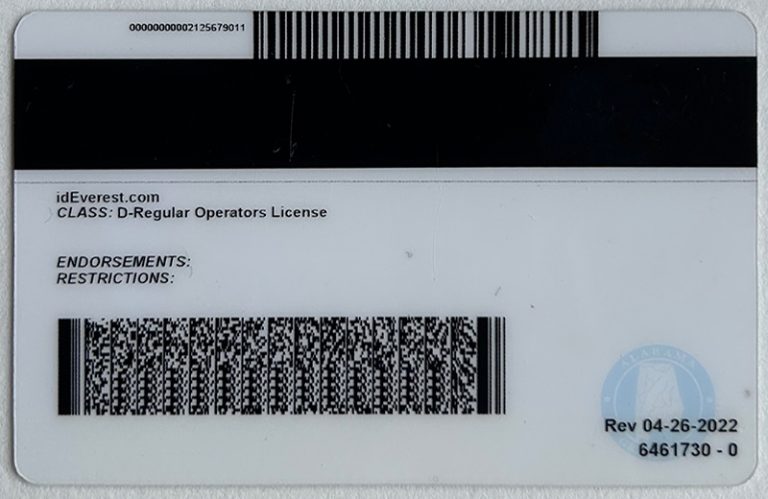

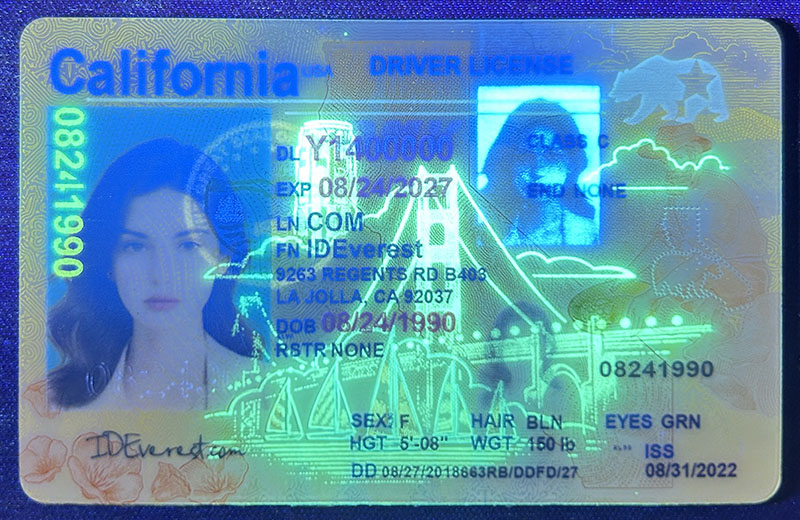
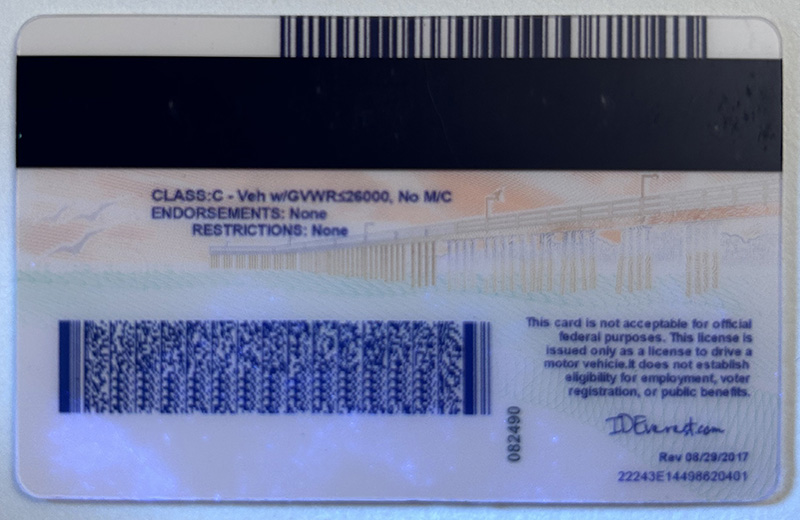
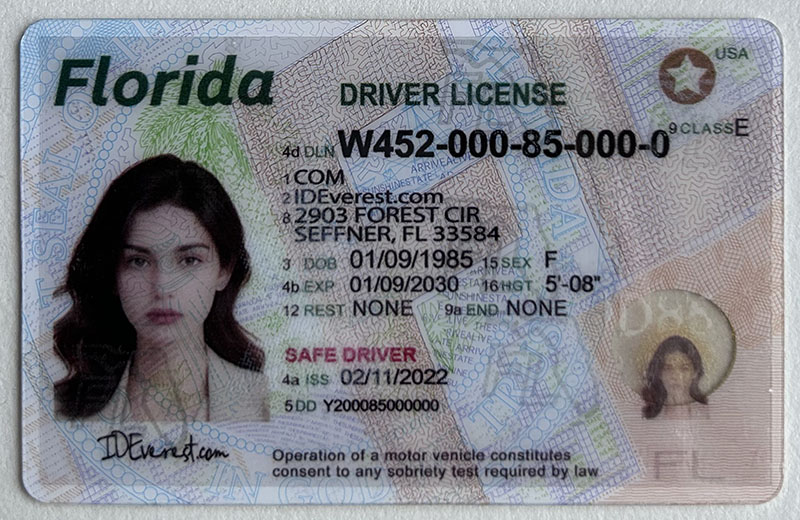

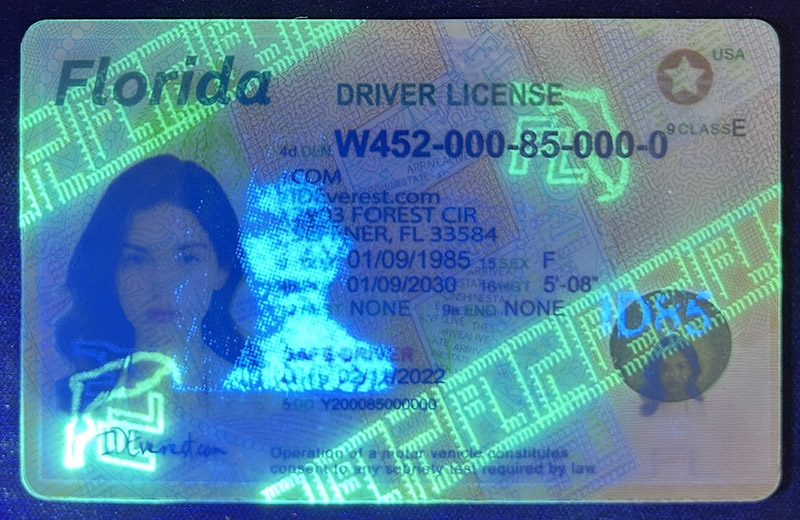
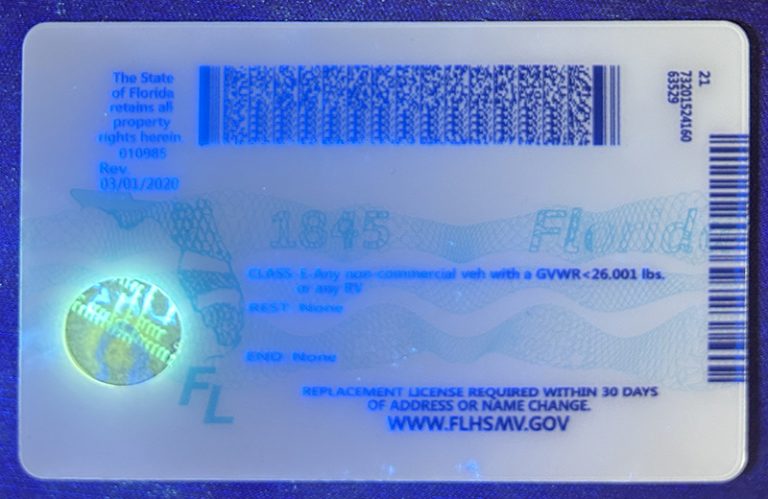
Tags:
You like

KansasFake ID
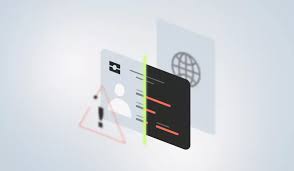
NevadaFake ID
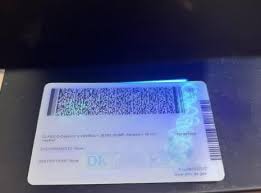
IllinoisFake ID

FloridaFake ID

